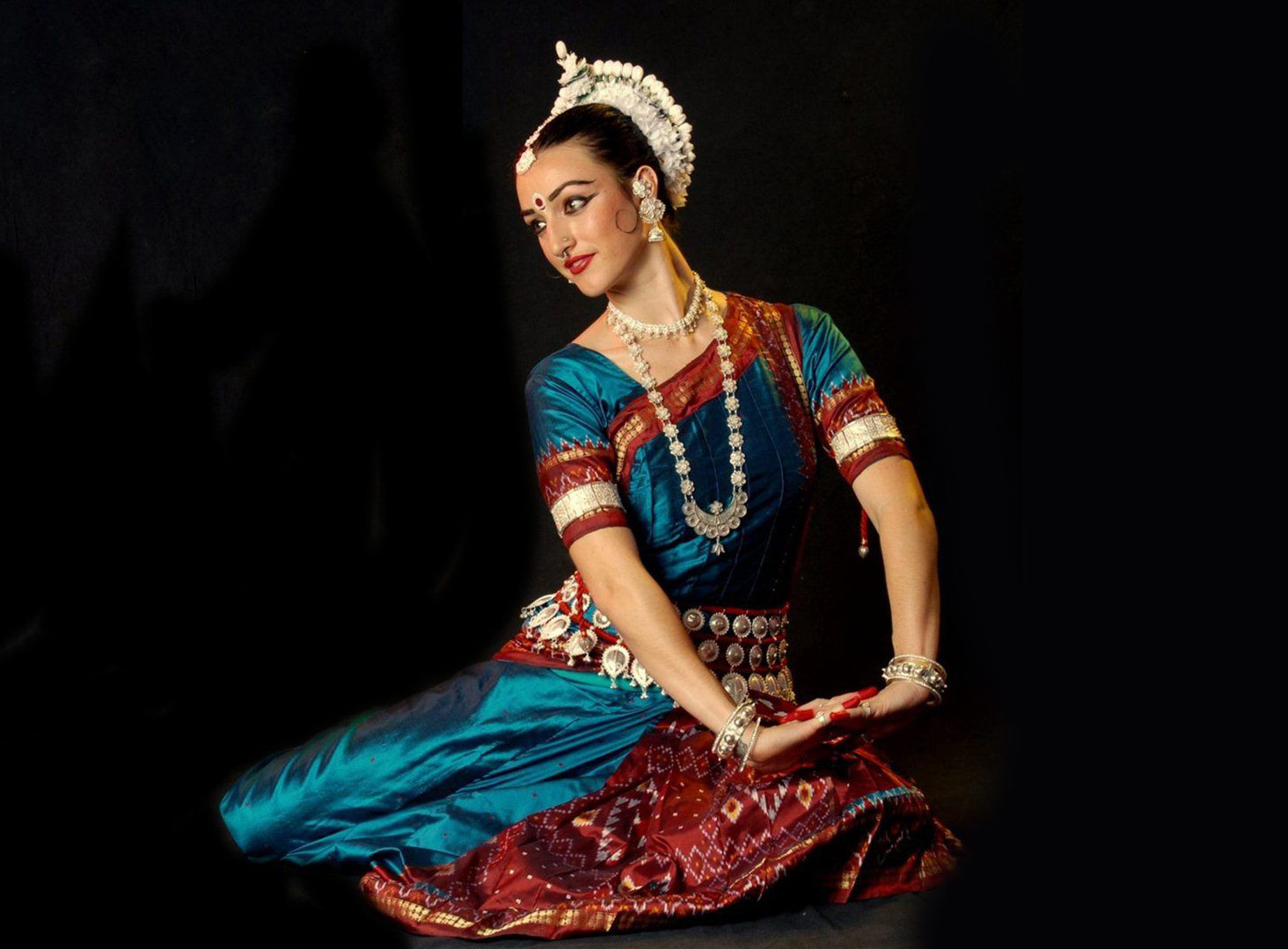
Odissi, a classical dance form originating from the state of Odisha in India, is a mesmerizing art that embodies grace, fluidity, and storytelling. Rooted in ancient traditions, Odissi has evolved over centuries, blending religious, cultural, and historical influences to become a revered form of expression.
The dance form is characterized by its intricate footwork, fluid torso movements, and expressive gestures, all of which come together to narrate mythological tales, spiritual themes, and everyday emotions. With its origins dating back to the temples of Odisha, Odissi has a rich heritage that has been preserved and passed down through generations.
As we delve into the world of Odissi, we uncover its captivating history, the significance of its movements, and the enduring impact it has had on Indian classical dance. Join us as we explore 11 fascinating facts about Odissi, delving into the essence of this ancient art form and the cultural tapestry it represents.
Key Takeaways:
- Odissi, a 2,000-year-old dance form from India, is known for its graceful movements, vibrant costumes, and captivating storytelling, making it a revered part of the country’s cultural heritage.
- With its fluid torso movements, intricate footwork, and symbolic hand gestures, Odissi dance continues to enchant audiences worldwide, showcasing its timeless beauty and enduring relevance.
Odissi is one of the oldest dance forms in India.
Originating in the state of Odisha, Odissi is a classical dance form that dates back to over 2,000 years. It is deeply rooted in the rich cultural heritage of the region and is known for its graceful movements and intricate expressions.
The dance form was traditionally performed in temples.
Odissi was historically performed as a form of worship in temples, with dancers enacting mythological stories through their movements. This sacred association has contributed to the spiritual and devotional essence that permeates Odissi performances.
Odissi was revived in the 20th century.
During the British colonial rule, Odissi faced a decline, but it experienced a revival in the 20th century, thanks to the efforts of dedicated individuals who sought to preserve and promote this traditional art form.
Odissi is characterized by fluid torso movements and intricate footwork.
The dance form is renowned for its emphasis on fluid movements of the torso, which create elegant and sinuous patterns, along with intricate footwork that adds a rhythmic dimension to the performances.
Odissi costumes are vibrant and elaborate.
Dancers don vibrant and elaborate costumes, adorned with traditional jewelry and accessories, adding to the visual splendor of Odissi performances.
Odissi incorporates expressions and hand gestures known as mudras.
Mudras, or symbolic hand gestures, play a significant role in Odissi, enabling dancers to convey emotions, narratives, and concepts with precision and grace.
Odissi music is an integral part of the dance form.
The accompanying music in Odissi, characterized by its melodic and rhythmic intricacies, complements the dance movements, creating a harmonious and immersive experience for the audience.
Odissi repertoire includes both pure dance and expressive storytelling.
The repertoire of Odissi encompasses both Nritta (pure dance) and Nritya (expressive storytelling), offering a diverse and captivating range of performances.
Odissi has gained international recognition.
In recent years, Odissi has garnered international acclaim, captivating audiences worldwide with its cultural richness and artistic finesse.
Odissi has inspired contemporary adaptations and collaborations.
While rooted in tradition, Odissi has also inspired innovative collaborations and contemporary adaptations, showcasing its enduring relevance and adaptability.
Odissi holds a significant place in India’s cultural tapestry.
As one of the eight classical dance forms of India, Odissi holds a revered place in the country’s cultural tapestry, embodying the timeless beauty and artistic legacy of the region.
Odissi, with its ancient origins and enduring allure, continues to enchant audiences with its captivating blend of grace, storytelling, and cultural resonance.
Conclusion
In conclusion, Odissi is a captivating classical dance form that has deep roots in Indian culture and history. Its graceful movements, intricate footwork, and expressive storytelling make it a mesmerizing art form to behold. With its rich heritage and spiritual significance, Odissi continues to enchant audiences worldwide, serving as a testament to the enduring legacy of Indian classical dance. Whether you are a dance enthusiast or simply curious about diverse cultural traditions, exploring the world of Odissi is a journey filled with beauty, tradition, and timeless artistry.
FAQs
What are the origins of Odissi?Odissi traces its origins to the ancient temples of Odisha, where it was performed as a form of worship and storytelling. Over the centuries, it has evolved into a revered classical dance form, blending religious devotion with artistic expression.
What distinguishes Odissi from other classical dance forms?Odissi is characterized by its fluid movements, intricate hand gestures (mudras), and emphasis on storytelling through expressive facial expressions. Its unique repertoire of movements and postures sets it apart as a distinct and captivating dance form.
Was this page helpful?
Our commitment to delivering trustworthy and engaging content is at the heart of what we do. Each fact on our site is contributed by real users like you, bringing a wealth of diverse insights and information. To ensure the highest standards of accuracy and reliability, our dedicated editors meticulously review each submission. This process guarantees that the facts we share are not only fascinating but also credible. Trust in our commitment to quality and authenticity as you explore and learn with us.
